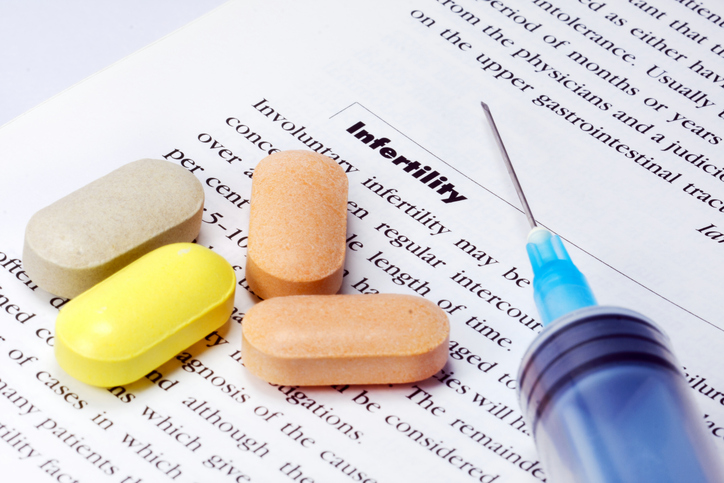
What is Infertility?
A growing concern of our generation today is the increasing number of infertility cases being recorded. Approximately 6 Million American couples are affected by infertility, and by 2002 this figure had ballooned to 7.3 Million. Infertility is defined as the inability to conceive after six months to one year of unprotected and regular sexual intercourse. Furthermore, it is the inability to conceive and/or carry a pregnancy to its full term, resulting in miscarriage.
There are two types of Infertility: Primary Infertility and Secondary Infertility. Primary Infertility is most common and is defined as when a couple has been trying to conceive for about a year and has not had any success.
The latter occurs when a couple has already a history of conception and could no longer become pregnant again. This is common for couples who have children and have waited for a number of years to produce another sibling.
Difficulty in conception may be caused by stress, age factor, and histories of gynecological and hormonal irregularities. All these causes point to a specific kind of infertility with which medications are available.
In both cases, infertility is mostly driven by a woman’s age. Once a woman reaches the age of 35, her fertility rate is reduced significantly. Age is a primary consideration when trying to get pregnant. Women reaching their mid-30s will be encouraged to undergo a full fertility workout if after six months of unprotected and regular sexual intercourse it does not result in conception.
Causes and Symptoms of Infertility
To find the right medication for an infertility case, it is essential that the cause is properly identified. Our bodies provide us with signs and symptoms that can help us pinpoint the irregularity and provide options to correct our conditions.
Infertility is often marked with episodes of miscarriages, irregular gynecological and hormonal make up and the obvious difficulty in conceiving for a stretched period of time. These are characterized by the following symptoms:
· Irregular menstruation periods.
· Excessive bleeding, often accompanied by severe pelvic cramps.
· Recurring pelvic infections and sexually transmitted diseases.
· Painful sexual intercourse.
· Abnormal vaginal discharge.
· Painful bowel movement and urination accompanied by abdominal and lower back pains.
· Presence and growth of multiple cysts in ovaries.
These tell-tale signals may be due to reproductive conditions like PCOS (growth of multiple cysts in ovaries resulting in hormonal imbalance); Endometriosis (growth of endometrial tissues outside the uterus) and Pelvic Infections.
Medications and treatments for these causes of infertility will aim to overcome infertility in itself. However, other factors like a man’s erectile dysfunction, low sperm count and quality, tubal blockages, and stress should also be considered and addressed.
Couples suspecting infertility will be encouraged to learn first about the condition and create awareness of infertility and the different causes. Once we are thoroughly briefed about the condition and the numerous medications available for infertility, we are to undergo a full fertility workout. This procedure will formally diagnose infertility and jumpstart us to seeking the right medication for infertility.
Infertility treatments and medications include invasive procedures like IVFs, IUIs and GIFTs. Medications like Clomid are prescribed to help regulate hormonal imbalance and at the same time treating multiple growths of cysts and treating infections and other gynecological disorders.
Once regular ovulation and menstruation cycles have been restored and/or established and hormonal levels are reverted to normal, the likelihood of becoming pregnant increases significantly.
Alternative medicine for infertility is also available. Acupuncture is the most common therapy being sought by couples affected with infertility. This alternative medicine works on the tenet of a body’s overall well-being. It is a practice that makes use of very thin, sterilized needles being inserted onto pressure points to relieve stress and pressure, and restore the body’s hormonal and blood flow balance.
